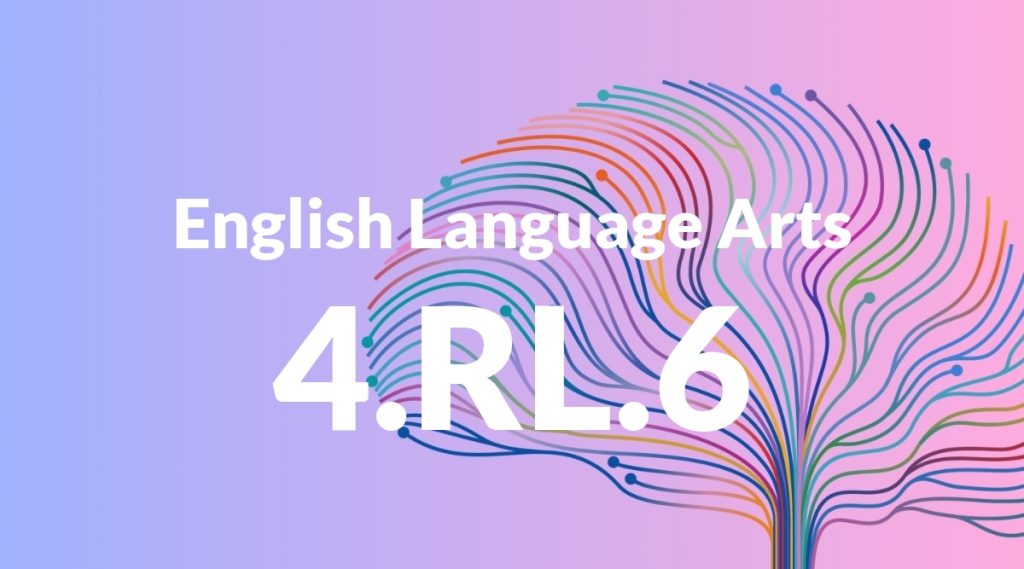Standard: 4.RL.6 – Compare and contrast the point of view from which different stories are narrated, including the difference between first- and third-person narrations.
Grade level: Grade 4
Subject: English Language Arts
Domain: Reading: Literature
Teacher Overview
This standard focuses on helping students understand and analyze the point of view from which stories are narrated. This skill is important because it influences how readers perceive and interpret the events and characters in a story. Mastering this standard will enhance students’ critical thinking and analytical skills in literature. Students should have a basic understanding of narrative elements and the roles of characters and narrators. They should also be able to identify pronouns and understand their use in different contexts.
After mastering this standard, students will be able to analyze how the point of view influences the interpretation of a story. They will be prepared to tackle more complex texts, including those with multiple narrators or non-linear narratives.
Common Misconception 1
A common misconception is that students often believe the narrator is the same as the author. This is incorrect because the narrator is a character created by the author to tell the story, and their perspective may differ from the author’s own viewpoint.
Intervention 1
To address this misconception, teachers can use texts where the narrator is a distinct character within the story. Discussing the role of the narrator and comparing it to the author’s role can help clarify the difference.
Common Misconception 2
Another misconception is that students may have difficulty distinguishing between first- and third-person narrations. They might mix up the pronouns and narrative styles used in each.
Intervention 2
Teachers can provide side-by-side examples of first- and third-person texts, highlighting the pronouns and narrative style used in each. Interactive activities where students rewrite passages from one point of view to another can also reinforce the differences.
Prerequisite Knowledge
Students should understand basic narrative elements such as characters, setting, and plot. They should also be familiar with the concept of a narrator and the difference between ‘I’ and ‘he/she/they’ perspectives.
Subsequent Knowledge
Students will develop skills in identifying how the point of view influences the interpretation of a story, and they will be able to apply this understanding to more complex texts, including those with multiple narrators or non-linear narratives.
Instructional Activities
- Read and compare different versions of the same story narrated from different points of view.
- Create a chart listing characteristics of first- and third-person narrations.
- Have students rewrite a familiar story from a different point of view.
- Discuss how the point of view changes the reader’s perception of the story.




